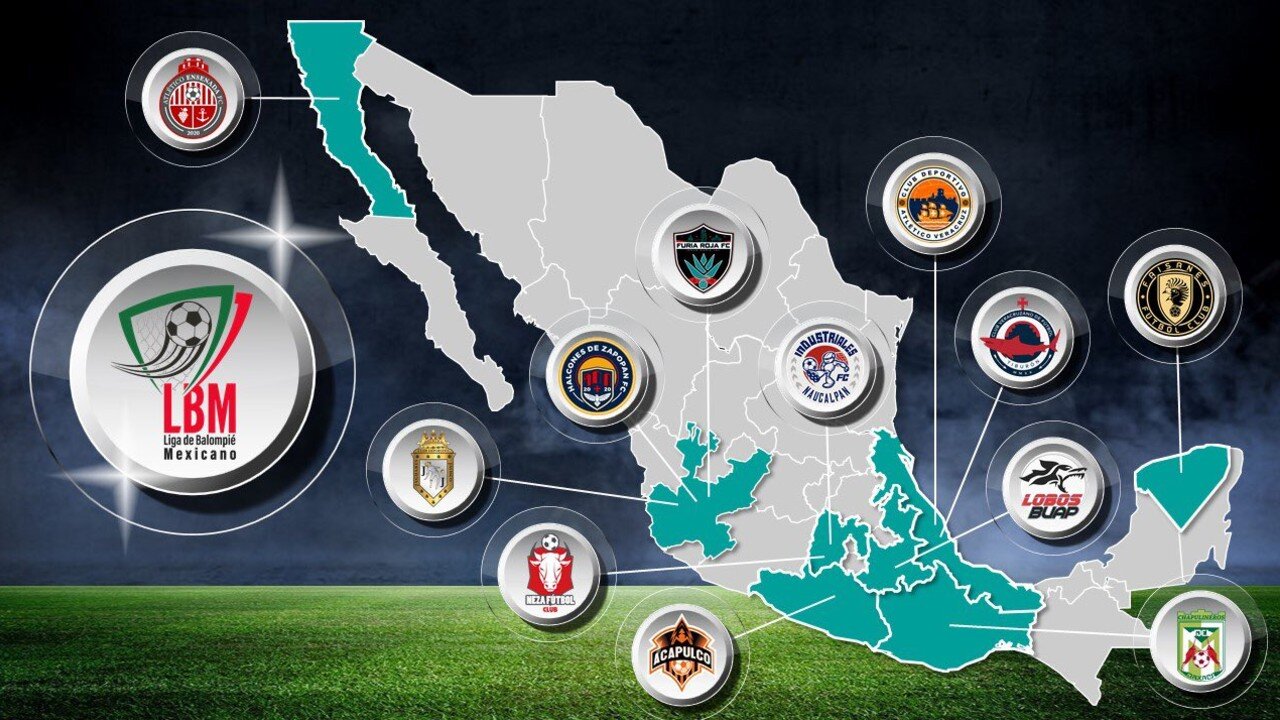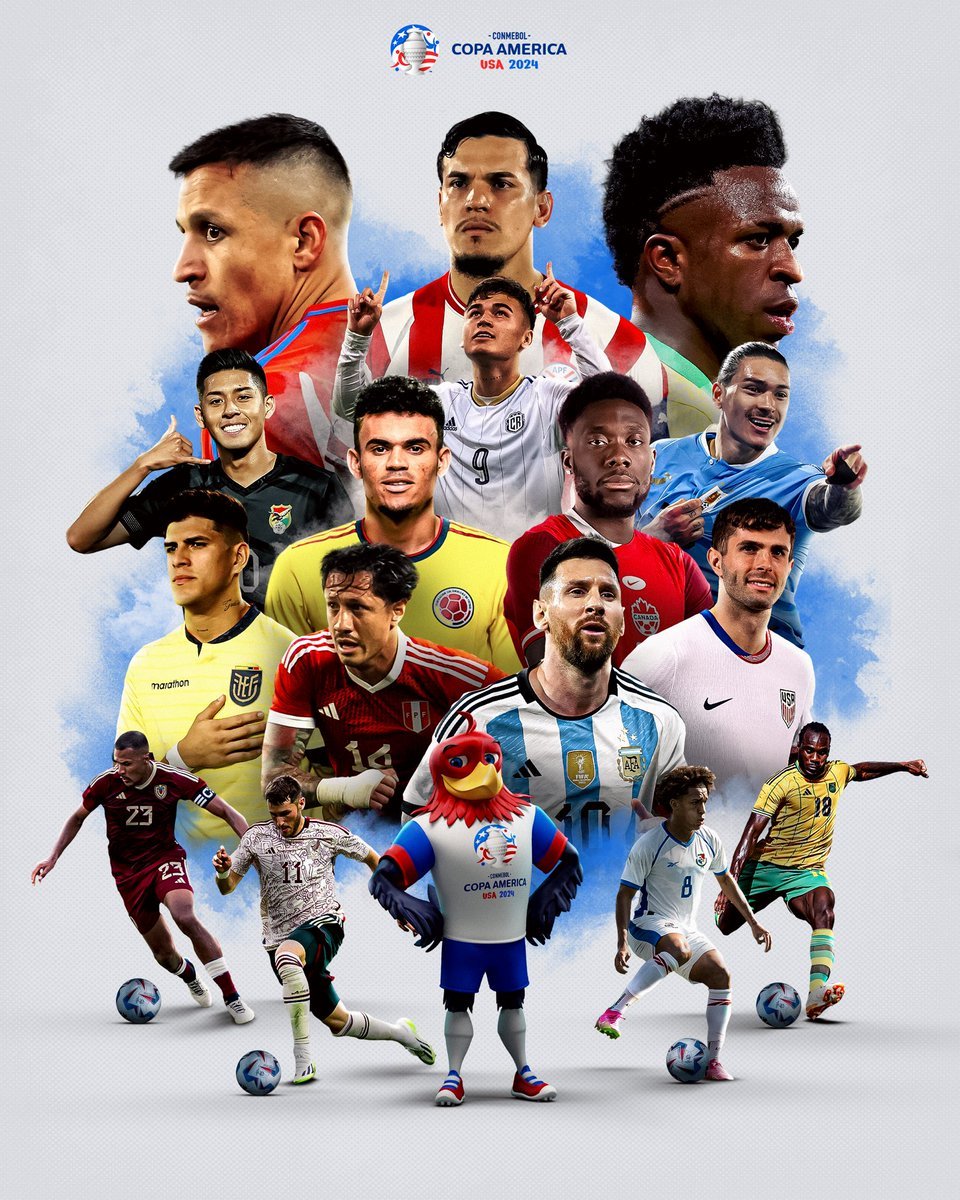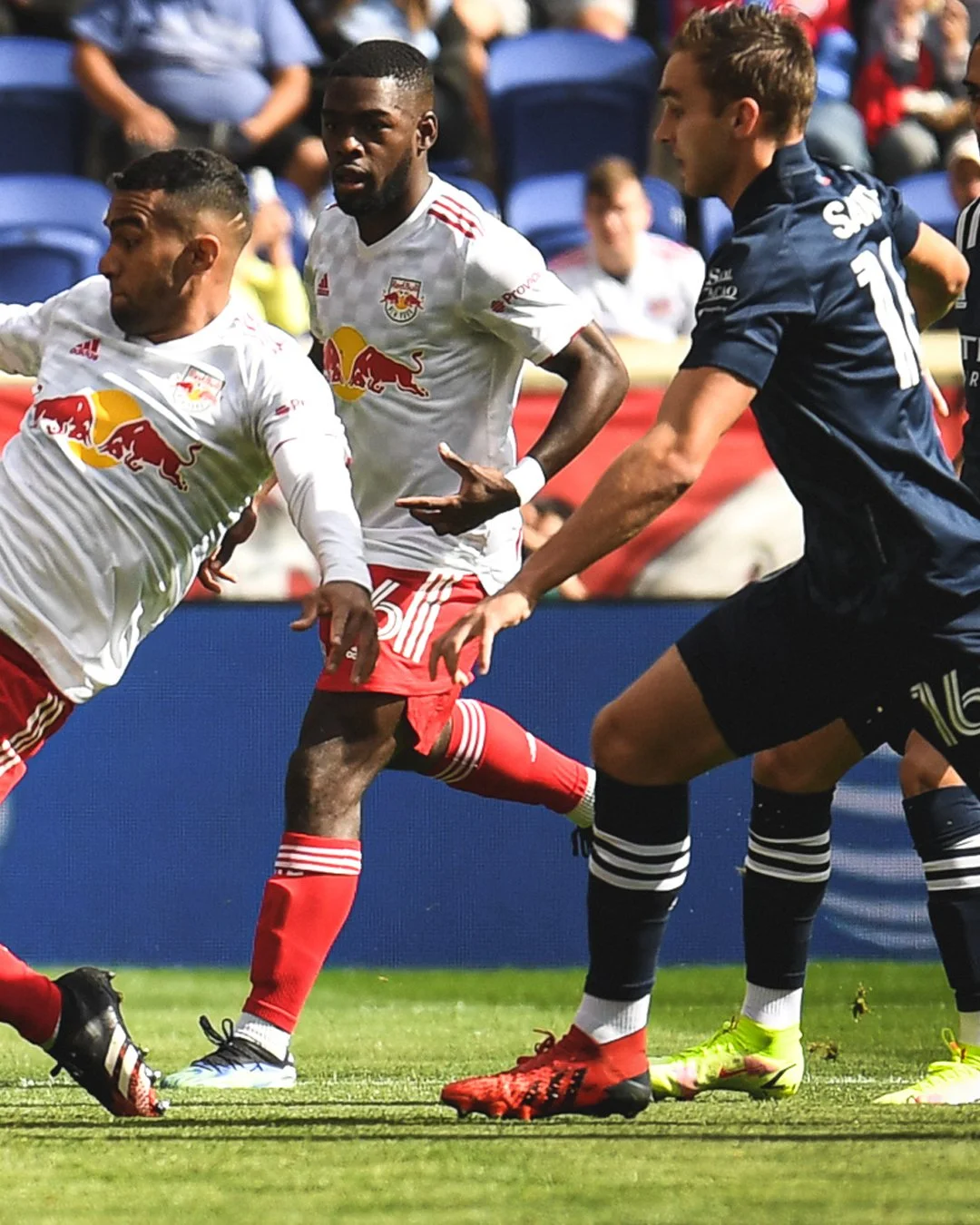Ask any Mexican parent who dreams of a football career for their son, which club they would like their son to sign with.
There are more than a good chance that Pachuca will be the answer.
It is a well-known fact in Mexico that Pachuca has a top-level academy, arguably one of the best in the entire American continent. Pachuca made the club academy their top priority, building an impressive campus that sets the standard even internationally. Hirving Lozano (Napoli), Hector Herrera (Atletico Madrid) and Erick Gutierrez (PSV Eindhoven) are some notable exports of the academy, alongside many players in the Mexican league hailing from Pachuca.
In plain words, when you enter the system, you get all the tools to succeed in football and a solid base for life. The academy has its own school, dorm rooms, church, and 24/7 medical centre. Certain staff members come from Belgium & the Netherland to provide some foreign perspective.
Pachuca also owns Club Leon from the Mexican league and Everton Vina de Mar from Chile, Atenas from Uruguay and has some influence on Talleres Cordoba from Argentina. Besides, Pachuca has football schools all over Mexico and several locations in the USA.
Most Mexican clubs rely on bringing reinforcements from South American leagues and hold a small core of local players. The ability to register 11 foreigners and play with nine on the field makes it difficult for young Mexican talents to breakthrough. While there’s a plan to reduce the foreign capacity to nine in the squad and seven on the field, the obstacle remains in place. Even Pachuca has to send players to Everton in Chile every year to gain some experience.
Keys for a healthy football infrastructure
Mexico’s population is nearly 130 million people, yet the Liga MX has only 18 teams backed by only 16 teams in the second tier. For comparison, England’s Premier League consists of 20 teams alongside 24 more in the Championship, while the population is about 57 million people.
The greater metropolitan area of Mexico City alone has around 21 million people, represented by only four clubs in the top two Mexican football leagues. London has nine different football teams in the top two English football competitions, with around nine million people.
Spain is another example. With about 47 million people, La Liga has 20 teams, and the Segunda Division has 22 teams. Madrid has six million people, with six different teams in the top two tiers of Spanish football.
The above-mentioned comparisons point to a lack of football infrastructure in Mexico. Indeed, Spain and England are richer than Mexico, and football investment is higher, but that is only part of the story. With MLS’ fast growth over the last few years, talent competition has become fiercer, making it harder to sign talents (mainly from South America). To make the Mexican league more attractive for investors, the Mexican federation suspended relegation for six years.
With this prolonged guaranteed participation in the top flight, investors (preferably international ones) would consider entering the Mexican football. This strategy was hit hard with the Coronavirus Pandemic, as investing in football became a lower priority for many global enterprises.
Liga de Balompie
But eliminating relegation had another negative effect: the probability of a young Mexican talent to play in the league is reduced. In the last several years we saw an influx of Mexican players going to play abroad, usually in lower-level leagues. There are some successful examples like Brian Rubio that grew up in Tigres but went on to Herediano from Costa Rica searching for playing time. He managed to use that experience and became a regular squad member in Juarez, but his story is the exception to the rule.
Let’s go back to Pachuca. Their scouting department claims they watch about 100 thousand kids aged 8-11 a year, with about 800 of them arriving at Pachuca’s campus for final observation. Only 80 of them are eventually recruited to the academy. Of the hundreds of talents skipped by Pachuca, some could play in a different academy. Still, the low number of clubs and academies usually prevents them from making the desired progress.
But where there’s an opportunity, someone will fill the gap. Last year, the Liga de Balompie (LBM) was announced. An independent organization aiming to promote football in regions that not represented n the top 2 tiers. LBM is not affiliated with FIFA and is not supposed to compete with the standard Mexican leagues.
Some of the new league players couldn’t find a place in the regular league’s teams. For others, this is their first time competing in a structured organization. Unfortunately, the new league already had some problems with unpaid salaries and several teams were removed. Instead of 20 teams in the original plan, the league now has only 14 teams - still better than nothing. The fact that the Liga MX scouts are now watching this league also gives young talents a bit of hope for promoting their career.
If fútbol won’t do it, soccer will
Some more news comes from north of the Rio Grande. UPSL, the American soccer organization, announced that it would create a Mexican league with 30 teams from all over the republic, due to start in March 2021. Some of this league's future teams would come from existing teams in the Liga Premier & Liga TDP (third & fourth tier in Mexican football structure).
UPSL still expects some new clubs will form and join the league. One interesting advantage of the new purposed league is creating bi-national competition in the future, where top clubs from both Mexico & the US will play each other in specific tournaments. This initiative is sure to improve the football infrastructure, culture and provide more job opportunities for players and other football professionals.
Assuming each Mexican club will use the maximum number of foreigners allowed (except Chivas that play with an all-Mexican squad), only 21 Mexican players will be registered in each club. That brings us to 177 Mexican players in the top tier (including a full squad of Chivas). You get the picture.
Only the top of the top can enter the league. With the new leagues up and running, there will be one huge difference: those close but couldn’t make it to the top would have another chance to prove their talent. Who knows, it just might be this another shot they need to break.
Photo via Pachuca official website.
































